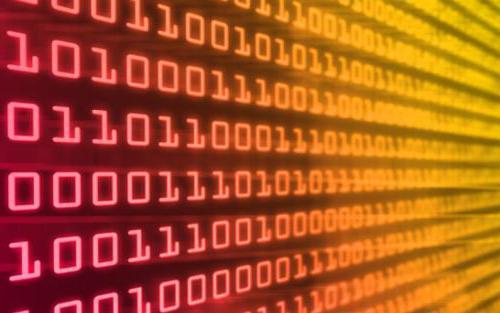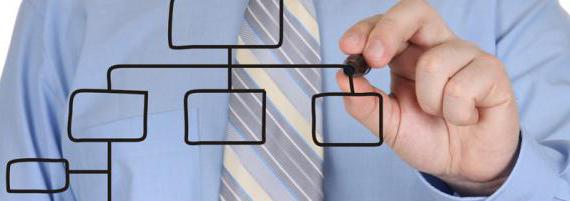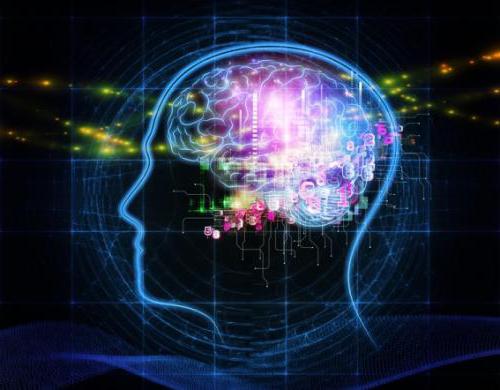The 21st century is often called the century of information technology. Today, the product itself or even a person is often not so important - what is known about it is of paramount importance. Information and information processes in our society are not abstract theoretical concepts, but something that often determines life and its quality. Meanwhile, they are not a unique property of the human world. Information processes to one degree or another occur at all levels of organization of living matter. In modern science, cybernetics and computer science are engaged in their study.
Basic concept
The issue of defining the concept of “information” is not as simple as it might seem at first glance. Initially, the term meant the transfer of information between people in a variety of ways. Around the middle of the last century, the definition of information has been greatly expanded. The concept began to denote information transmitted not only between people, but also between a person and a machine, two or more machines, as well as the transmission of signals among animals and plants, between cells, the transmission of characters in the process of reproduction.
A special place for information is given in philosophy. This science defines it as an intangible form of movement generated by the brain in the form of concepts, theories and propositions. It is expressed in the form of information: numbers, symbols, signs, letters, and so on - that carry a certain meaning. It is on them that all types of information processes are directed, from storage to transmission.
Types of information
There are many criteria for classifying information. One of them is the channel through which a person receives information from the environment.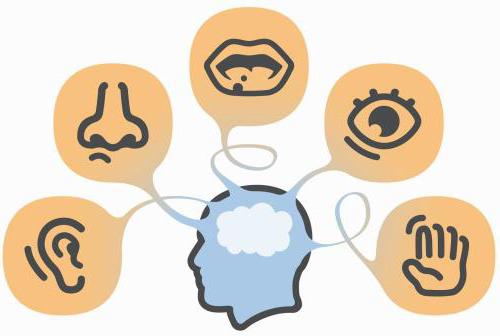 We perceive the world through the senses, respectively, information is divided into types according to the method used:
We perceive the world through the senses, respectively, information is divided into types according to the method used:
- Visual - the one that came through the visual analyzer. This species accounts for approximately 90% of all incoming information.
- Audial - enters through the organs of hearing in the form of sounds. This is about 9% of information about the world.
- Tactile information comes from contact through the skin.
- Flavoring - its receptors are located on the tongue.
- Olfactory information to a person comes through the nose.
The last three types of information in total make up about 1% of the information used by a person about the world around him. You can also add kinesthetic information from proprioreceptors to the list. It is understood as a sensation of the position of parts of the body, relaxation and muscle tension, movement.
Information is also divided into types in accordance with the participants in the information exchange process:
- man is man;
- man is an automaton;
- automatic - automatic;
- signals exchanged between representatives of the plant and animal world;
- transmission of signs from cell to cell;
- transmission of symptoms from the body to the body.
Information, as mentioned above, is an intangible object. However, a person can interact with it only when it is converted into various types of data. In the form of presentation of information distinguish:
- textual;
- sound;
- graphic;
- numerical
- video.
The above list of classification options is far from complete. Information is also divided by purpose, value, truth, and so on.
The meaning of the message
It is also worth dwelling on the perception of information. It is due to many factors, from experience to ways of presenting information.One and the same word or message will have different meanings for people who are dissimilar according to certain criteria. Previous experience, knowledge, cultural characteristics, belonging to a certain nation, and accentuation of character may also have significance. At the same time, the meaning of the same message for a group of people can vary depending on the way it is presented. The techniques of manipulation and disinformation are based on this.
Key Information Processes
If you look around, it is easy to notice that a lot of things in a person’s life are connected with information. Education, communication, work and entertainment deal with all kinds of information. All actions performed with them are information processes. There are four main types:
- storage;
- transfer or exchange;
- collection;
- treatment.
Basic information processes are closely interconnected. Their role in human life is difficult to overestimate. All these types of information processes are used in the development of scientific theories, during informal communication, in solving various social problems, and so on. Moreover, this is characteristic not only of modern times. The development of civilization makes its adjustments during the information processes, for example, in our time they are becoming more automated. However, their content remains generally the same as it was a thousand years ago.
Collection
When almost any task arises, there is a need to collect the necessary information. This is true both for writing scientific papers or in the case of finding a suitable outfit for a party, or while searching for prey by a predator. That is, the information processes mentioned above, in particular, collection, are characteristic of any level of organization of a living system or automaton. However, for convenience, the article will consider examples related mainly to various areas of human activity.
The collection of information involves obtaining information about the object of interest. The quantity and quality of information is determined only by the subject's goal. He can collect all available information about the object or use selectively those that meet certain criteria. A simple example: when a person looks out of a window, he can pay attention to everything he sees (the location of houses, passing cars, the number of trees), or he can only note the weather features.
Today, information processes and technologies are closely related to each other. Often a person in search of the necessary information turns to the Internet or other media options. In addition, scientific progress allows people in our time to collect more accurate information and information, in ordinary conditions inaccessible to the sensory organs. So, the famous Hubble telescope helps astronomers see the distant corners of the Universe, provides information on various processes taking place so far from the Earth that without the latest equipment, people would never be able to find out about them.
Exchange
Gathering information is often not possible without sharing information. Data is transferred from source to destination. Information is converted into various signals that serve as its material carrier. Their sources can be any object with certain properties. Exchange takes place through information transfer channels. As such, sound waves, radio or electrical signals and the like. In fact, all the senses that a person has appear in the role of such channels.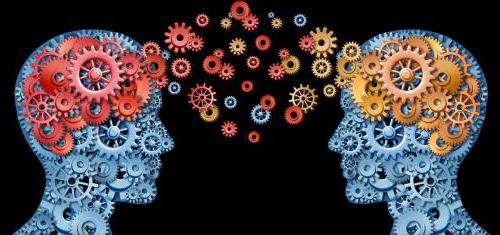
Information exchange can be either one-way or two-way. So, if a person hears that the clock strikes midnight, he acts as the recipient of information from the source, which is the clock. Information is transmitted in one direction. Computer games are a good example of two-way sharing.A person gives commands that the machine receives, processes, and then takes an action and gives out data that the user reacts to again, and so on.
During the transmission of information, one or several sources may be used. For example, this happens in the process of preparing scientific reports. There may also be several recipients (while reading this report in the audience).
Of fundamental importance is the speed and accuracy of data transfer. The evolution of computer systems is a good example of how the means of information processes are being improved to improve these indicators.
Storage
The transmission, collection and exchange of information is closely related to their storage. Effective provision of information processes is impossible or difficult to imagine without the existence of a specific database. In this capacity, for example, memory acts. Without it, a person would have to re-specify the rules or principles of a particular activity each time. However, when transmitting information to a large number of people it is convenient when they are placed not only in the head of a particular person. A variety of media are used to store information. The development of civilization was accompanied by their evolution. The carrier can be any material object, waves of a different nature, matter, and so on. Today, a huge place in human life is occupied by computer information keepers, which are becoming more and more spacious and perfect every day.
The choice of the optimal storage method, as well as the organization of information processes in general, is associated with the type of medium. Various books, magazines, and other printed matter make up libraries. Clay tablets, birch bark letters and papyrus are kept in museums. Audio signals in the form of music or read text are recorded on tapes or discs.
Treatment
Information can also be stored in its original form, that is, as it was received (as a set of those signals, in the same sequence, and so on). However, this is far from always convenient. The information process is the processing of information, which involves including ordering data in accordance with certain principles. Cataloging, systematization and classification makes it easy to get an answer to any request. In chaos, the desired item is always more difficult to find than in an ordered storage.
Computers are devices designed to process a huge amount of information at high speed. They are able not only to organize the data according to the given criteria, but also to produce a large number of operations with them. A similar property is characteristic of the human brain. More precisely, our brain is a prototype of a computer. Every second, it processes a large number of incoming signals from outside.
Information processing can be briefly defined as the process of converting information in accordance with a given algorithm. An example is the analysis of literature in the process of writing a report. Sources of information are reviewed for information that allows to reveal the topic. At the same time, data is often structured and combined in a new way, conclusions are drawn on their basis, and so on.
Information and information processes in nature
Work with information in one form or another is not unique to humans. It is characteristic of living matter in general. Information processes are characteristic of unicellular organisms, and plants, and mammals. In living organisms, the process of direct and feedback is debugged. These mechanisms underlie the self-regulation of organisms and communities, which is one of the distinguishing properties of living matter.
Information pollution
A person daily deals with information. Education, communication, any professional activity is associated with the receipt, storage, transfer and processing of certain information.According to the modern understanding of information, this is not a feature of the time - it has always been so. However, with the development of technological progress and improvement of knowledge, the amount of information arriving to a person every minute only increases.
And often information pollution becomes a problem. Spam, advertising, news, noise, etc. reduce the quality of life, interfere with focus. There are different ways to solve the problem. This can be personal safety: consciously restricting the use of information sources (for example, refusing to watch TV), a thoughtful approach to choosing the sites you visit, spending time in places protected from such pollution. At a more global level, various devices and programs are being developed to help protect people from unnecessary information: antispam, pop-up blockers, and the like.
Thus, the use of information processes is characteristic of all living systems, as well as for some devices created by man. Every year, data processing is becoming faster and more efficient, the amount of accumulated information is increasing. At the same time, modern information processes in content were the same many centuries ago. Over time, only their quality changes. The information revolution, of course, has brought humanity as much benefit as the industrial one. However, it, like its predecessor, increased the number of problems for mankind, adding informational to environmental pollution.
